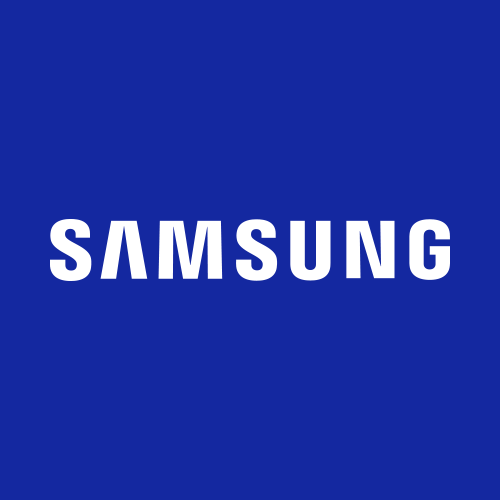Hello,
I will be getting access to a dual processor Supermicro H12DSi-NT6 board that was part of NAS server at work, and need to repurpose it as a developer's workstation.
Board currently has 2 AMD Epyc 7352 CPUs, 128 GB RAM, and an Areca 1886 RAID Card.
I was planning on dumping the Areca card, and getting one Highpoint Rocket 1508 NVMe AIC HBA, or better yet, two Highpoint Rocket 1504 NVMe AIC HBA, for a total of 8 NVMe modules. I could then have 4 NVMe modules on one zpool and have / there, and the other 4 modules on a different zpool for the programmer's data, including at least 1 Linux VM.
Does this make sense, or maybe there's a better way to do this?
Workstation will be mainly used for C and C++ programming of digital signal processing and imaging applications. Said applications will need to access a local PostgreSQL database. The programing will also involve a lot of Java code, and since Eclipse is no longer supported on FreeBSD, programmer will need to run a Linux VM, most likely on bhyve.
Need to think also of decent but relatively inexpensive GPU card.
Thanks in advance for reading, and for you comments.
I will be getting access to a dual processor Supermicro H12DSi-NT6 board that was part of NAS server at work, and need to repurpose it as a developer's workstation.
Board currently has 2 AMD Epyc 7352 CPUs, 128 GB RAM, and an Areca 1886 RAID Card.
I was planning on dumping the Areca card, and getting one Highpoint Rocket 1508 NVMe AIC HBA, or better yet, two Highpoint Rocket 1504 NVMe AIC HBA, for a total of 8 NVMe modules. I could then have 4 NVMe modules on one zpool and have / there, and the other 4 modules on a different zpool for the programmer's data, including at least 1 Linux VM.
Does this make sense, or maybe there's a better way to do this?
Workstation will be mainly used for C and C++ programming of digital signal processing and imaging applications. Said applications will need to access a local PostgreSQL database. The programing will also involve a lot of Java code, and since Eclipse is no longer supported on FreeBSD, programmer will need to run a Linux VM, most likely on bhyve.
Need to think also of decent but relatively inexpensive GPU card.
Thanks in advance for reading, and for you comments.


